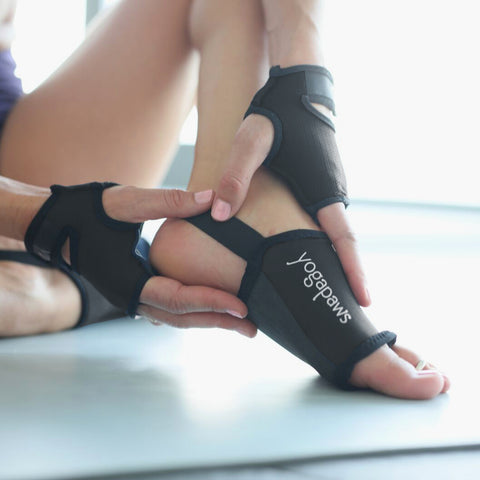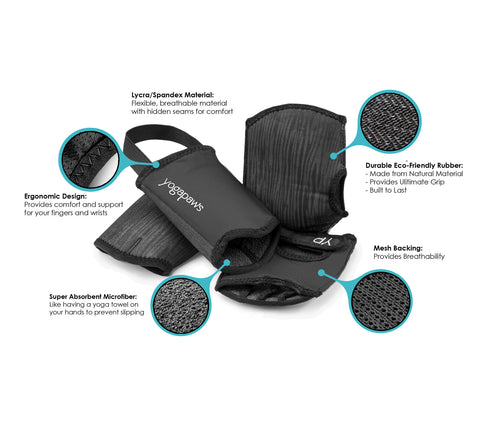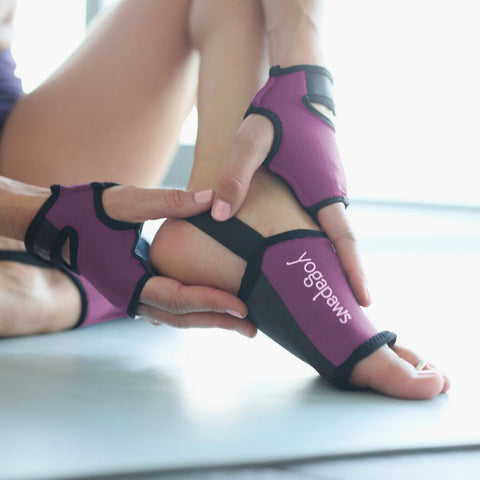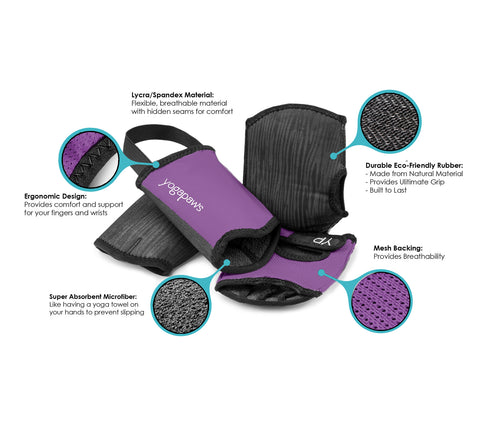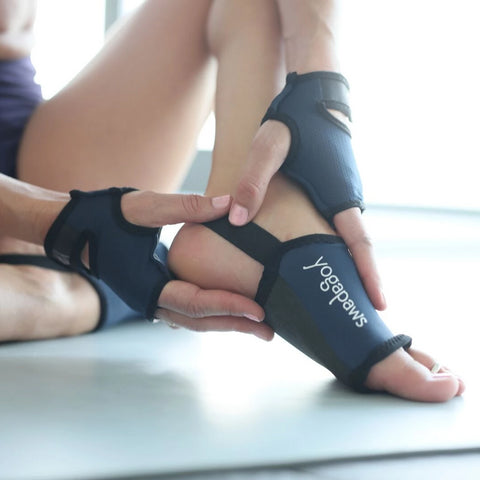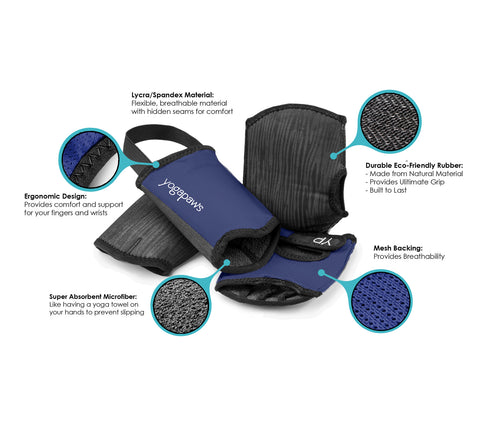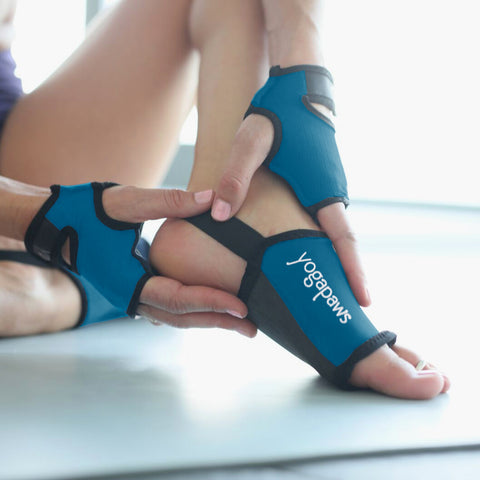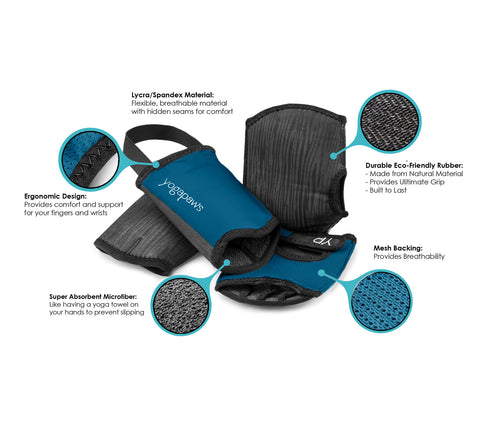Posted on May 06 2018
 The aim of yoga is Moksha, or, liberation. The path toward that kind of blissful detachment is hard, and traveling it is often a profound experience. But, as the first yogis discovered, tapping into your inner child may be one of the best tools for becoming a fully realized “adult.”
The aim of yoga is Moksha, or, liberation. The path toward that kind of blissful detachment is hard, and traveling it is often a profound experience. But, as the first yogis discovered, tapping into your inner child may be one of the best tools for becoming a fully realized “adult.”
You can imagine their journey of those early seers as they observed the birds, animals, and insects around them — trying to learn the secrets of these beings’ vitality, their peace in seeing where they fit into nature, and their comfort with being a self-accepted part of the universe. You can also imagine the fun they had as they made their first, uncertain attempts at emulating dogs, cats, fish, and amphibians. They were willing to check their human egos at the door as they gave themselves up to trying to get into the minds and bodies of fellow creatures who seemed so free. Like children, they probably weren’t worried about how they looked in their efforts to take the shapes of other beings; they just let go and started to play in their bodies and minds. Their legacy, yoga, invites you to join in the fun.
So, it's time to let your inner five-year-old come out and play. As you practice any of yoga’s many creature-inspired poses, go back to that place in your mind and focus on trying to embody one of that animal’s qualities. For example, in Tittibhasana (Firefly Pose), put yourself in the place of that delicate insect. Imagine that your legs are wings that can keep you in the air. In Dolphin Pose, explore the feeling of your back mimicking the sea creature’s grace.
Use yoga’s various asanas to break out of some tired thinking and experience the mind/body connection in a new way. Forget about your own form, arms, legs, hamstrings, and glutes. Exercise your imagination as you “become” a locust, a balancing stork, or a monkey who can do the splits. Free yourself from expectations as you allow yourself the liberty of stretching, strengthening, and balancing your own wild side in poses that connect you with the natural world. Enjoy the “trying.” It’s all part of the fun.
Here are some poses to try on the playground of your mat:
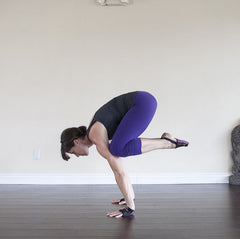
|
Bakasana (Crane or Crow Pose) Benefits: Thinking of being a flying bird can help you over the fear of falling forward — or never flying at all. How to do it: Begin in Tadasana (Mountain Pose). Squat down with your feet slightly apart. Make your knees wider than your hips and bend forward, placing your hands on the floor in front of you. With your elbows bent, put the backs of your arms under your shins. Engage your core and round your back. Shift your weight gradually into your hands. Once you are on the balls of your feet, you can stay there or come into the full pose by strengthening through the core, shifting your weight onto your upper arms and picking up your feet. Remain wherever you have chosen for 20 seconds to one minute, then release. |
 |
Eka Pada Rajakapotasana (One Legged King Pigeon Pose) Benefits: Channeling a pigeons’ chest-forward carriage can help you open your heart in this stretch. How to do it: Start on all fours. Bend your right leg and bring it in front of you, knee opening out to the side. Stretch your left leg and slide it directly behind you (It may tend to migrate out to the left). On an exhale, keep your back long and stretch forward over your right leg. After a few breaths, bring your body upright. Gently lift your chin without compressing your airway. Stay in the pose for up to one minute, then release to Adho Mukha Svansana (Downward-Facing Dog Pose), drop back to all fours and repeat on the other side. |
 |
Uttana Shishosana (Extended Puppy Pose) Benefits: When doing this pose, try channeling the spirit of a dog offering a play bow to help you relax your shoulders. |
 |
Ustrasana (Camel Pose) Benefits: Envisioning the sinuous curve of a camel’s long neck and back can help you release into this backbend. How to do it: Start on your knees. With your hands to the back of your hips, open your chest to the ceiling. Engage your front thighs and draw your shoulder blades into your back ribs. If you can, cartwheel your hands back to your heels. If that’s not available to you, curl your toes under to raise your feet or bring the right hand back to the right heel, raising the left arm straight along the left ear and touching index finger to thumb. Stay in the pose for 30 seconds to one minute, then release. If you’re doing the last variation, return to the basic pose, moving the left hand back to the left heel, right arm stretched toward the ceiling, touching the index finger and thumb. Hold for 30 seconds and release. |
 |
Benefits: This pose helps to strengthen your wrists, arms, shoulders, and core. Improves balance. |
As you move through the poses, let yourself meditate on each animal you embody. Think about where it lives and put yourself in those surroundings. Focus on each of your senses—what does this animal smell? What does it taste? Finally, at the end of the practice, take stock of all the new sensations you’ve experienced. And, leave the studio feeling as free as a bird!
Featured Yogi: @yogaingeverywhere in Side Crow variation

